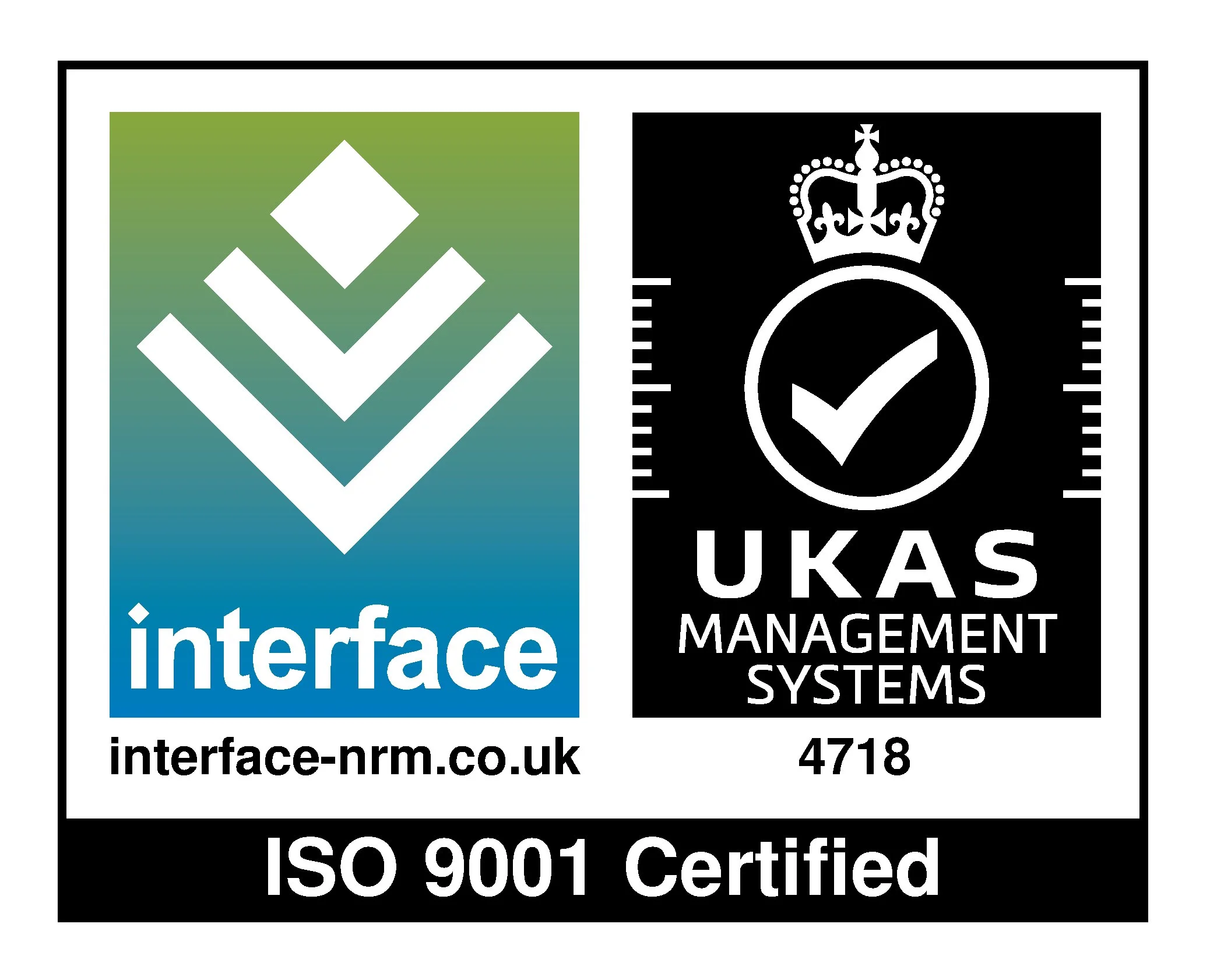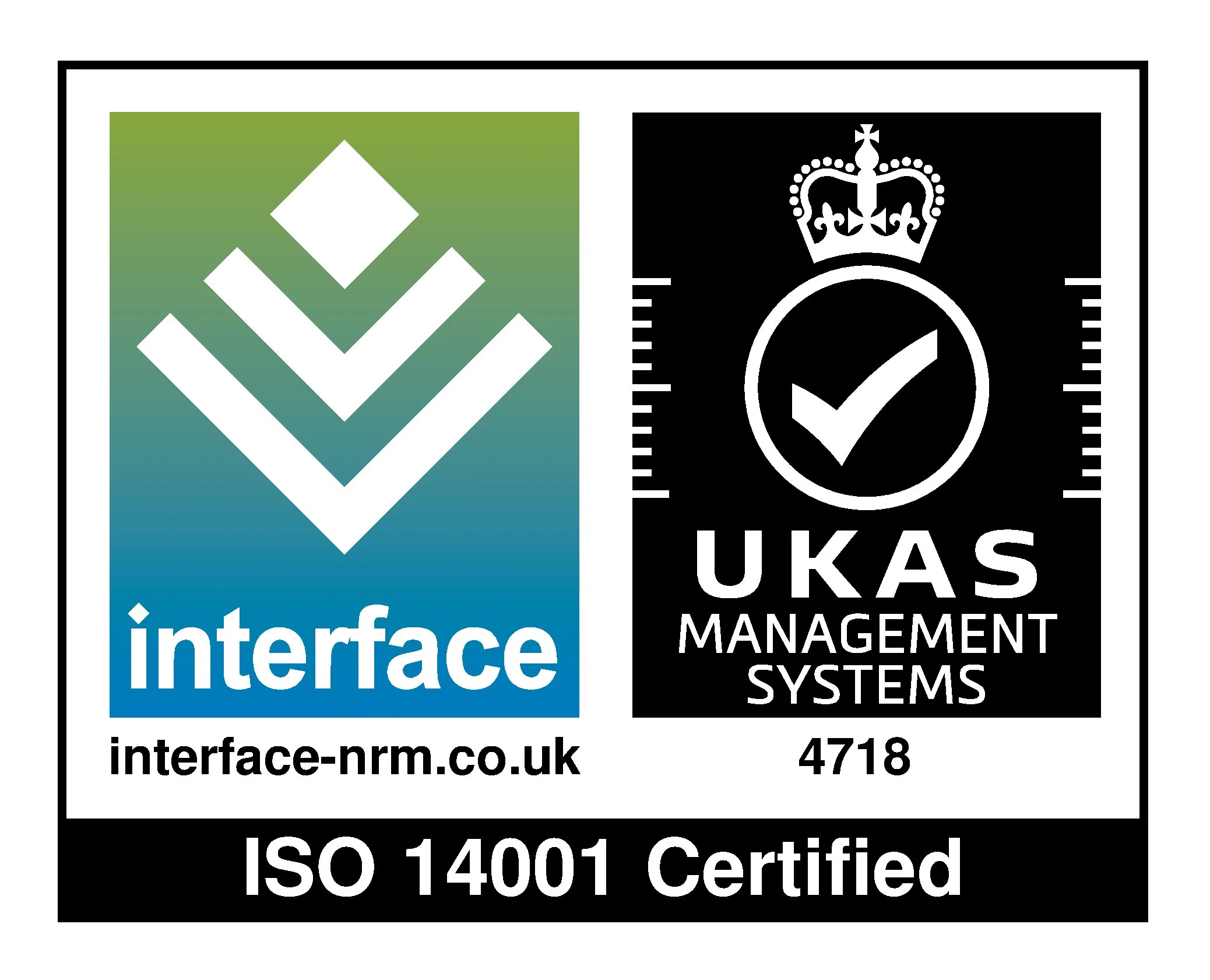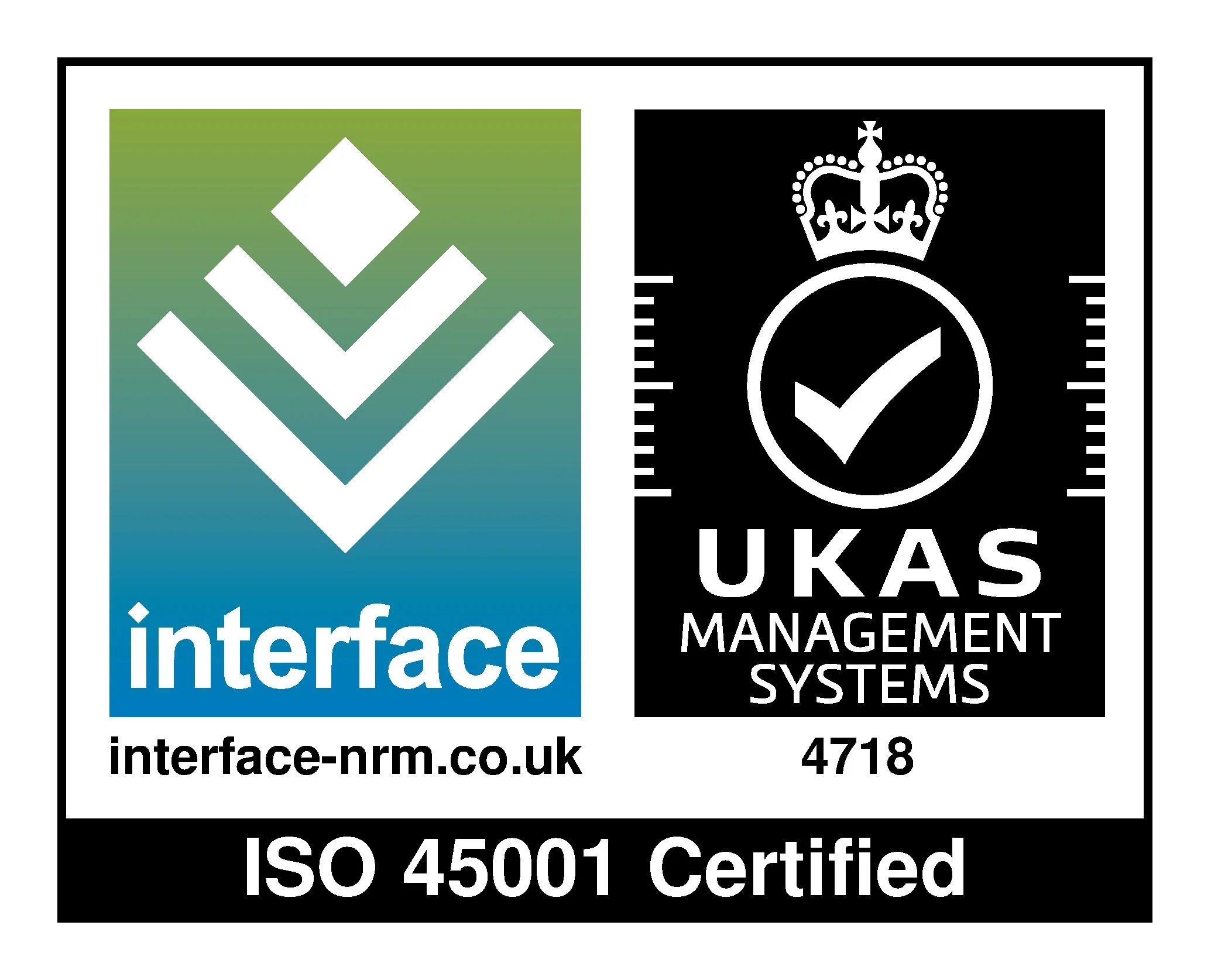Corroconsult are pleased to announce that we are now UKAS accredited following a successful audit with no non-conformances, through the UK-based employee-owned certification body, Interface-NRM.
The United Kingdom Accreditation Service (UKAS) is appointed by the government as the only body authorised to assess the capability and competence of organisations that provide certification, testing, inspection, and calibration services.
Our integrated UKAS-accredited system certification for ISO 9001:2015 Quality Management, ISO 14001:2015 Environmental and ISO 45001:2018 Occupational Health and Safety gives our clients confidence that our continued high standards of service are being maintained, improved, and reassures them that our audit assessments are robust, fair, and consistent for all. We achieved our first QA/QC ISO 9001 in the year 2000, we then celebrated being the first in our field to achieve ISO 14001 in 2005. In 2013 we were accredited the OHSAS 18001 standard which was then upgraded to the ISO 45001:2018 in 2021. We have been correctly implementing our procedures and integrated management system for over 20 years.
Our ISO 9001:2015 Quality Management certification provides assurance that we have developed, maintained, and continuously improve our processes to reflect the ever-changing needs of both our employees and our clients. It shows we are ambitious with a commitment to quality and that we implement continual improvement across all aspects of our organisation.
Our ISO 14001:2015 Environmental certification supports our conscious efforts in reducing waste and our overall carbon footprint. It highlights our contributions to sustainability and how we are committed to closely monitoring and minimising our environmental impacts caused by workplace activities.
Our ISO 45001:2018 Occupational Health and Safety certification shows the implementation of an occupational health and safety management system to protect our employees, visitors and third parties who we work closely with.
Our UKAS Accreditation is indicative of our team’s proactive approach and contributions to our management system with our Office Manager taking ownership of the constant improvement and ongoing development of the system and our Senior Corrosion Engineer for hosting the on-site inspection stage of the audit.













